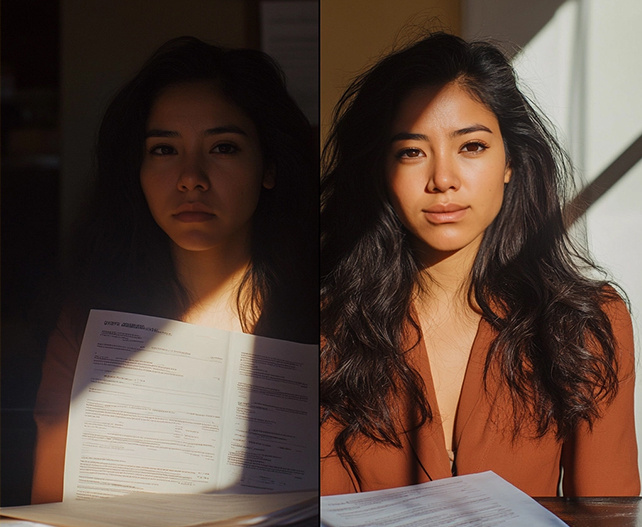DS-160 Pricing
Your DS-160 cost, simplified.
$125
DS-160 Filing
Start your visa journey with ease, confidence, and accuracy
- Officer review of your case
- Streamlined information gathering system
- Tips and insights on the form
- Simple and smooth submission process
- Visa interview guide
- A personalized written analysis from a Former Visa Officer
- A discount on future Argo interview preparation consultations
- Review from Argo Team and Former Visa Officer

Unlock expert insight for your specific case.
Client Testimonials
Hear from our happy clients! Discover their experiences and success stories as they share how our services made a difference.

“ARGO got my VISA! I have no doubt that without their help this would have not been possible. I had a complicated case, with 4 previous visas, long stays with a health issue, and 1 refusal. Argo helped me with my DS-160 and gave me tactics to use while sharing my story during the interview that would make sense and not confuse the consular officer. They have been extremely responsive and thoughtful during this process…They are worth every penny…They are the best Visa Agency out there! 100000/10 recommend. Because of you, I’ll get to finish the college I’ve started in the US, and come back to Brazil with a degree! Thank you guys!”
Argo Client
BrazilWhat to do when?
What service is best for your situation?
Going for your first visa interview
We recommend you start with our DS-160 service. This will ensure your visa journey is started on the right foot. If you already know about complications in your case, hurdles you will have to overcome, or this visa is high-stakes for you, you should work with one of our Officers in a consultation.
Recently got refused
Work with one of our Officers in a consultation to figure out what went wrong, understand your potential paths forward, and make a strategy for overcoming your refusal.
Reapplying after a refusal
Our DS-160 service can help you with the entire DS-160, including the prior refusal box. We also recommend you book a consultation with one of our Officers so that you can go into your interview with a clear plan and practice for overcoming your refusal.
About to apply for visa
Try out our free visa check-up! When you are ready, we can walk you through and guide you on the DS-160.
Still figuring out what visa to apply for
Are you filling out the DS-160? We can give you a smooth journey that you can trust to start your visa application journey on the right foot.
Visa interview scheduled
Contact us at hello@argovisa.com to share your case and concerns with us. We can guide you on the options for the best preparation accordingly
About to apply for visa
Don't wait until it's too late to start preparing. It's always better to start early. Check out our Youtube page here to get some basic insights.
Email us at hello@argovisa.com to ask us what we recommend for their situation.


